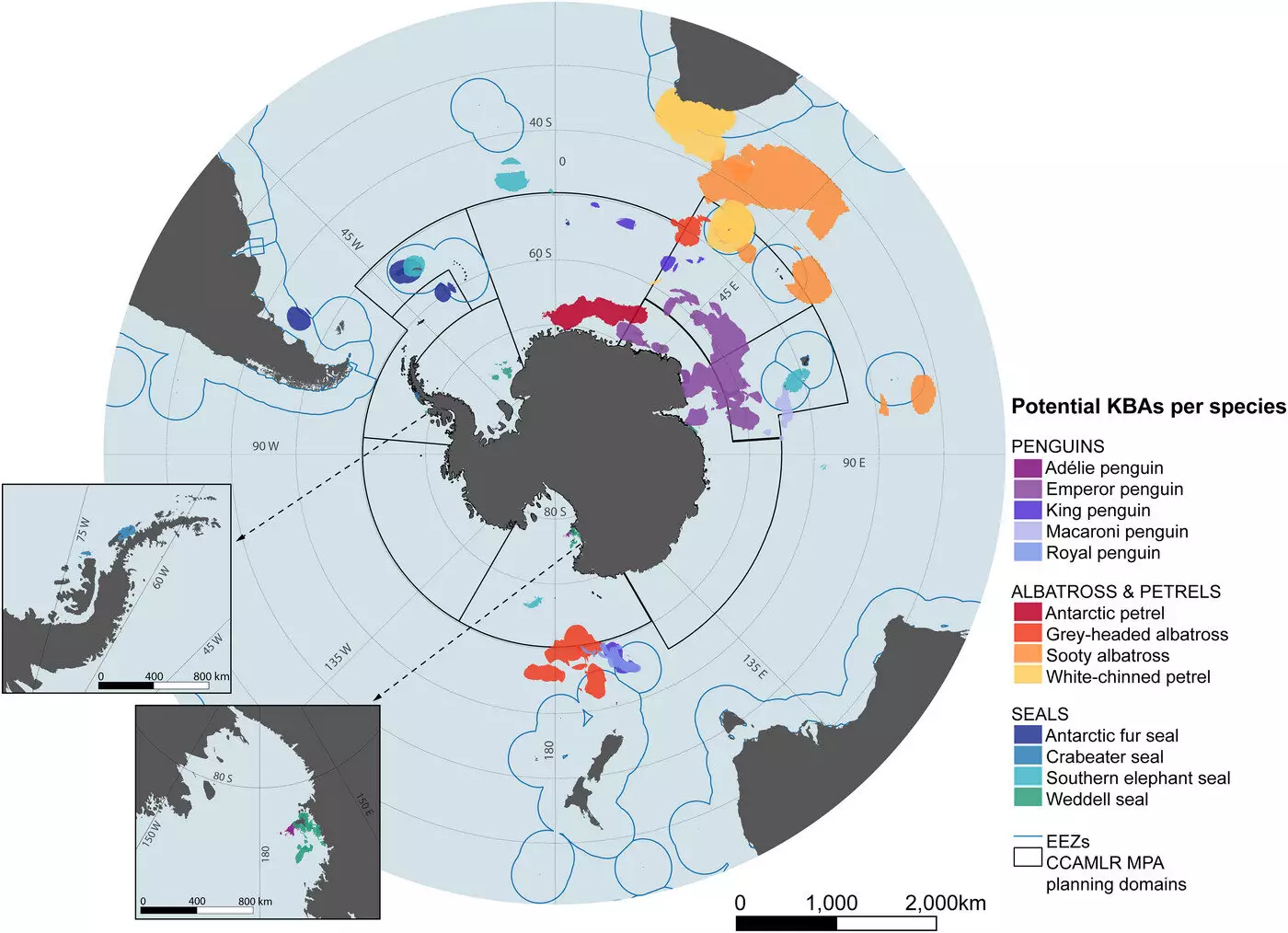The University of Colorado Boulder recently conducted a study that identified 30 new crucial areas for conserving biodiversity in the Southern Ocean surrounding Antarctica. These areas play a vital role in maintaining the ecosystem of the region, which is home to a variety of unique species such as Adélie penguins, Weddell seals, and humpback whales. The study, published in the journal Conservation Biology, emphasizes the importance of protecting these areas to prevent potential population declines among native wildlife.
Despite the remoteness and harsh conditions of Antarctica and the Southern Ocean, human activities such as fishing and tourism are increasing in the region due to climate change causing the melting of sea ice. These activities pose a significant threat to the wildlife in the area as they compete for resources, introduce invasive species, and create stress for the native species that have limited defense mechanisms against these impacts. It is essential to implement greater protection measures in these critical areas to ensure the survival of the diverse species that call the Southern Ocean home.
The research team led by Cassandra Brooks and Sarah Becker utilized existing tracking data for 13 Antarctic and sub-Antarctic seabirds and seals to identify 30 Key Biodiversity Areas (KBAs) across the Southern Ocean. These KBAs represent crucial marine habitats that species rely on for foraging, breeding, and migration. Unlike previous conservation efforts that focused on larger scales, this study emphasizes the specific needs of individual populations and highlights the unique areas important for certain species due to their life stages and migration patterns. By identifying these specific KBAs, the researchers aim to bridge the gap between broad-scale conservation planning and the detailed requirements of different species.
The findings of this study are essential for developing effective conservation strategies and determining areas where fishing and tourism activities should be restricted. By reducing human interactions in these key biodiversity areas, there is a potential to enhance the resilience of wildlife to climate change and other threats. International bodies and governments are urged to consider these findings in their conservation planning efforts to ensure the long-term sustainability of the Southern Ocean ecosystem. The protection of biodiversity in the region is crucial not only for the survival of native species but also for the global climate system.
The Southern Ocean is a critical component of Earth’s ecosystem, and the protection of biodiversity in this region is paramount. With the identification of 30 new Key Biodiversity Areas, there is now an opportunity to implement targeted conservation measures to safeguard the unique species that inhabit the Southern Ocean. By working together on an international level and prioritizing the protection of these critical areas, we can ensure a sustainable future for the wildlife and ecosystem of Antarctica and the Southern Ocean.


Leave a Reply